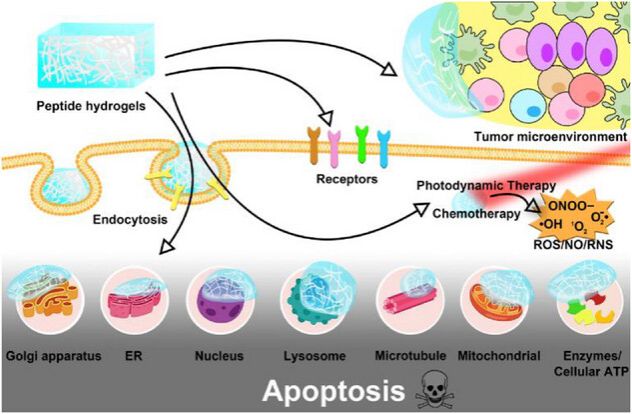Abstract
Peptide hydrogels are of their well-suited porous structure, high biocompatibility, ease of penetration, and facile functionalization. In this review, several triggering methods are summarized for producing anticancer peptide-based nanofibers, nanohydrogels, and nanoparticles (NPs), employing various factors such as heating-cooling, solvent-switch method, ionic strength, concentration, sonication, hydrogen ion concentration (pH), photo-crosslinking, and liquid–liquid phase separation (LLPS) methods. Both linear and cyclic peptides can be incorporated into self-assembled nanofibers, nanoparticles, and nanohydrogels, and/or their structures may be used alternatively under specific circumstances. Furthermore, as a mild, residue-free approach that does not disrupt the hydrogel structure, supercritical carbon dioxide (sc-CO2) can also be incorporated to solve the challenging problems of hydrogel sterilization.

文章链接:https://onlinelibrary.wiley.com/doi/10.1002/smll.202503697